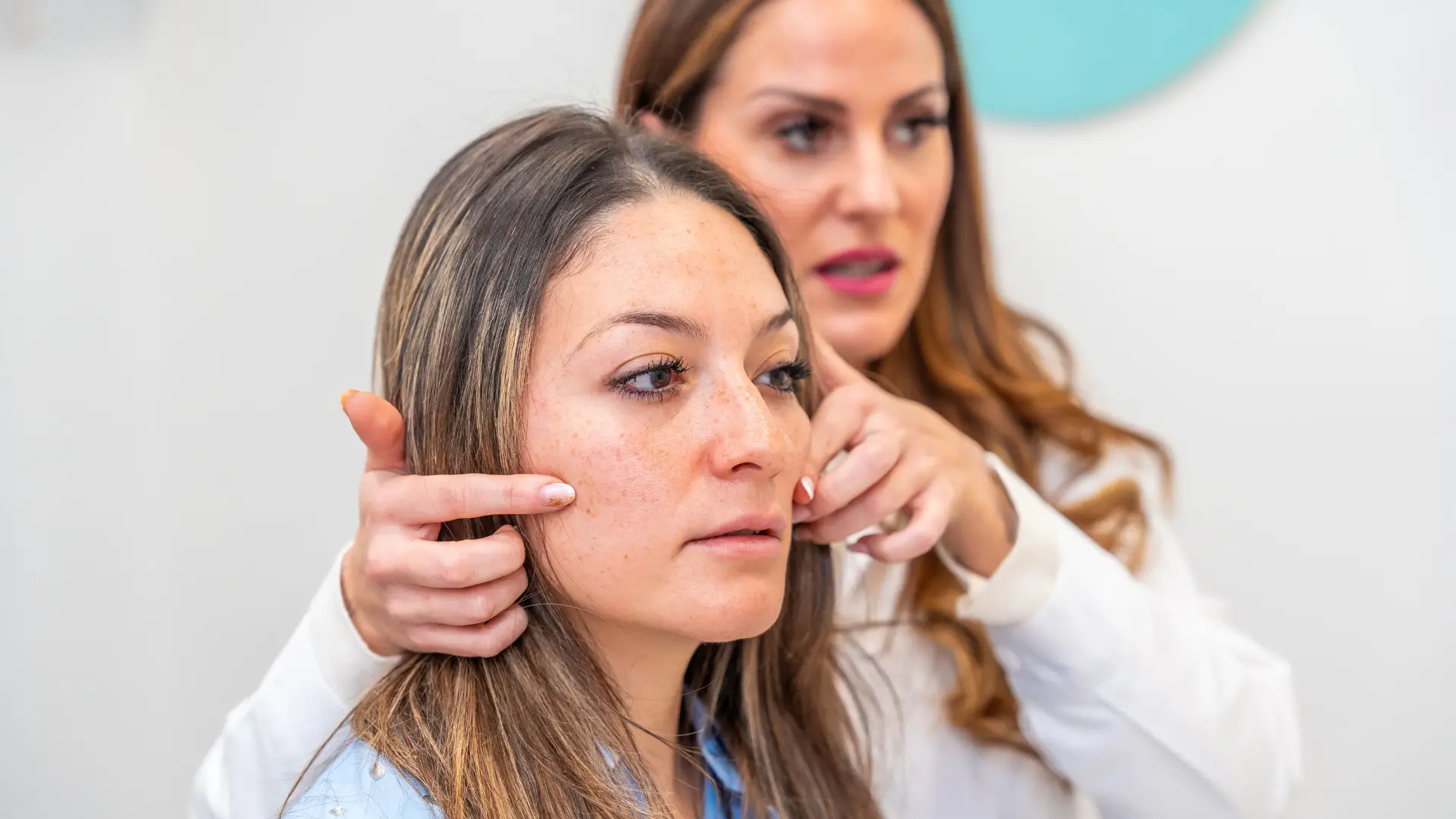
Collagen Stimulating Treatments: 2025 Ranking
Numerous collagen stimulation treatments have been extensively researched over the past two decades.

Dissecting the Asian Nose Filler
Asian nose filler treatment, also known as nonsurgical rhinoplasty (NSR), is an alternative to traditional surgical rhinoplasty that addresses common aesthetic concerns of the Asian nose.
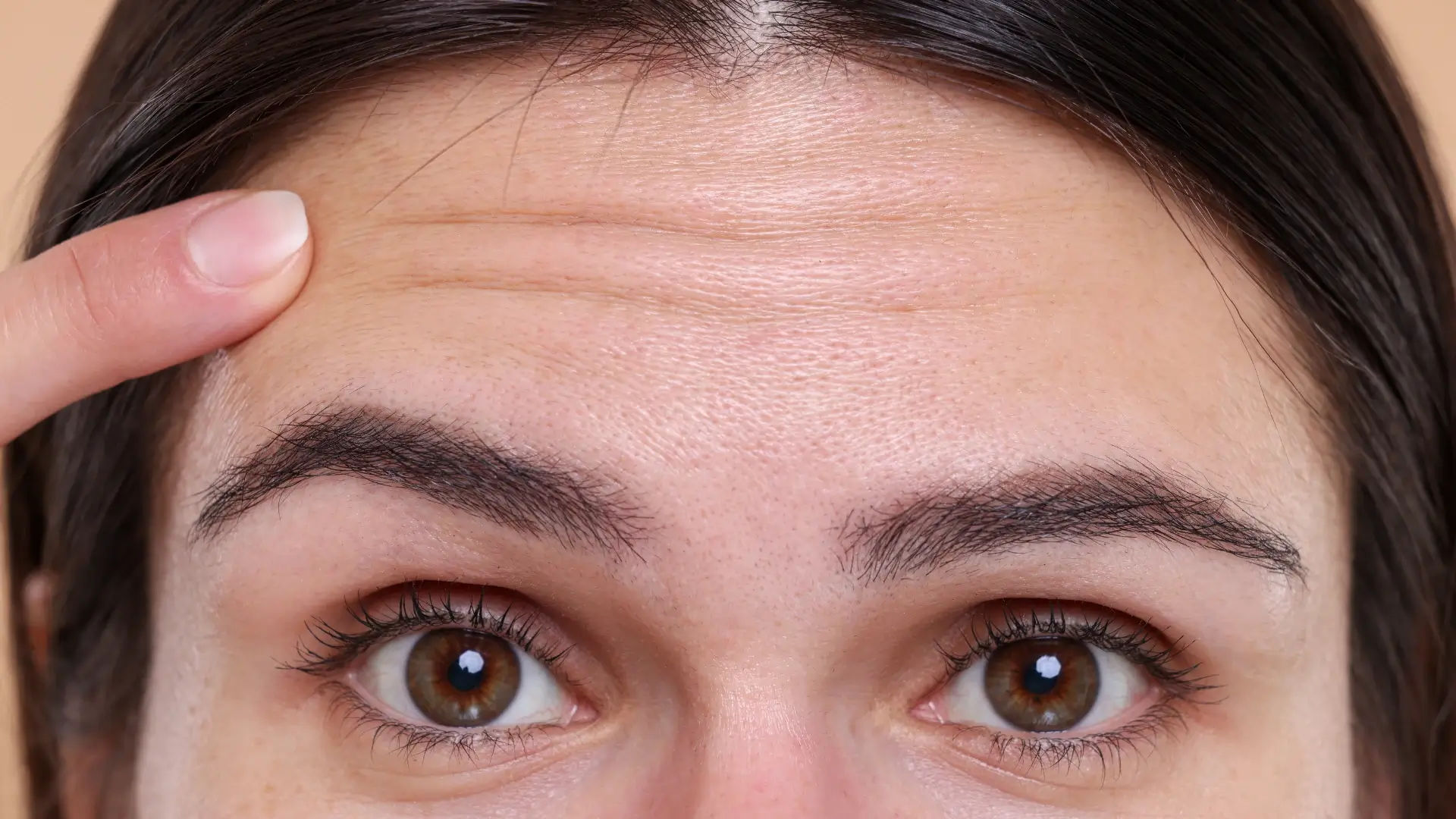
Forehead Filler: Breaking the Taboo
Forehead filler remains a debated topic due to the inherent risks associated with the region’s vascular anatomy.

Why You Need to Offer Dental Fillers for Receding Gums
The demand for aesthetic solutions in dentistry has surged in recent years, with more and more patients seeking treatments like tooth whitening, veneers, and alignments.
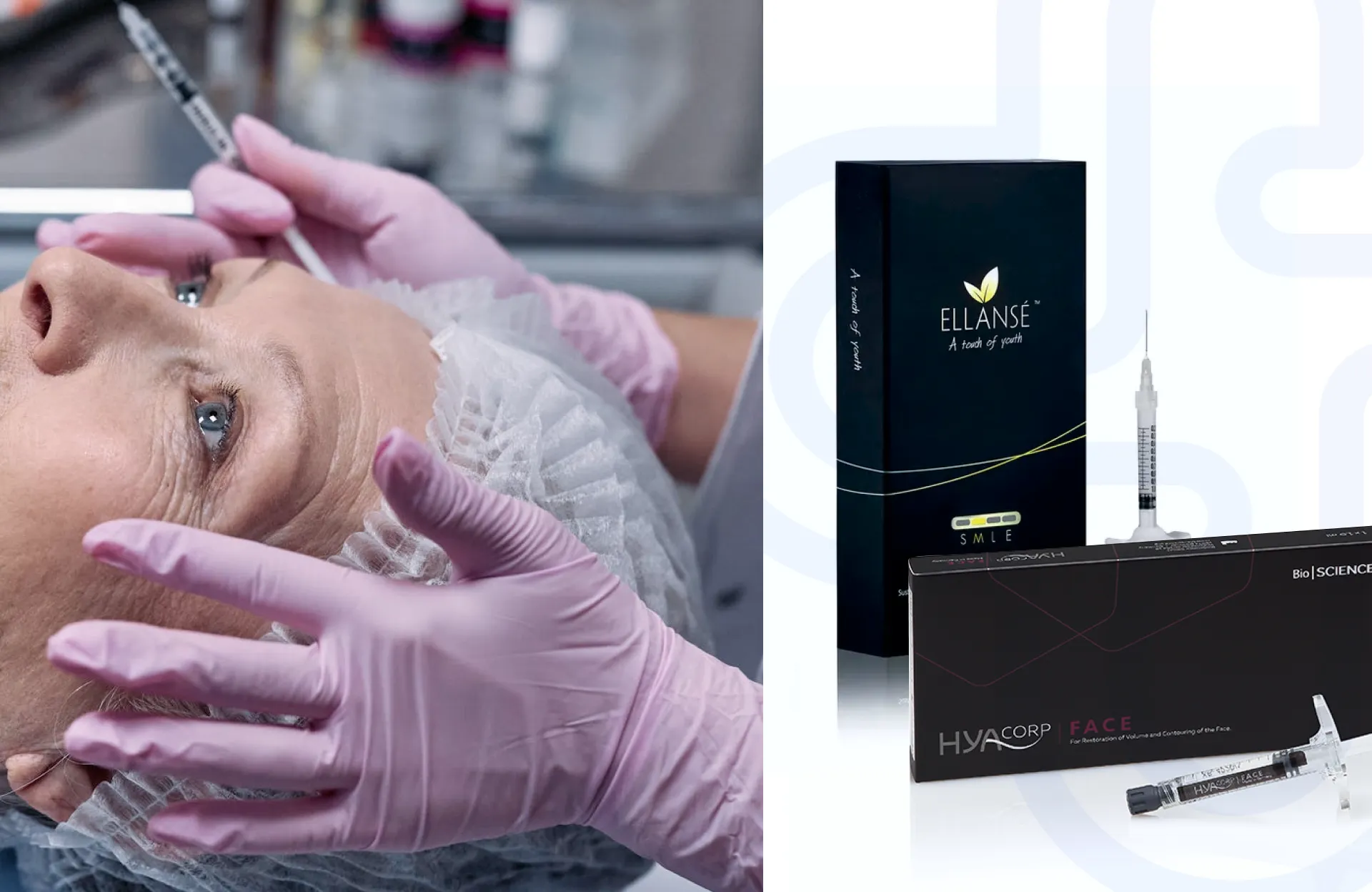
Why Should You Consider Using CE-Marked Medical Devices?
For medical professionals, the quality and safety of medical devices are always a high priority.
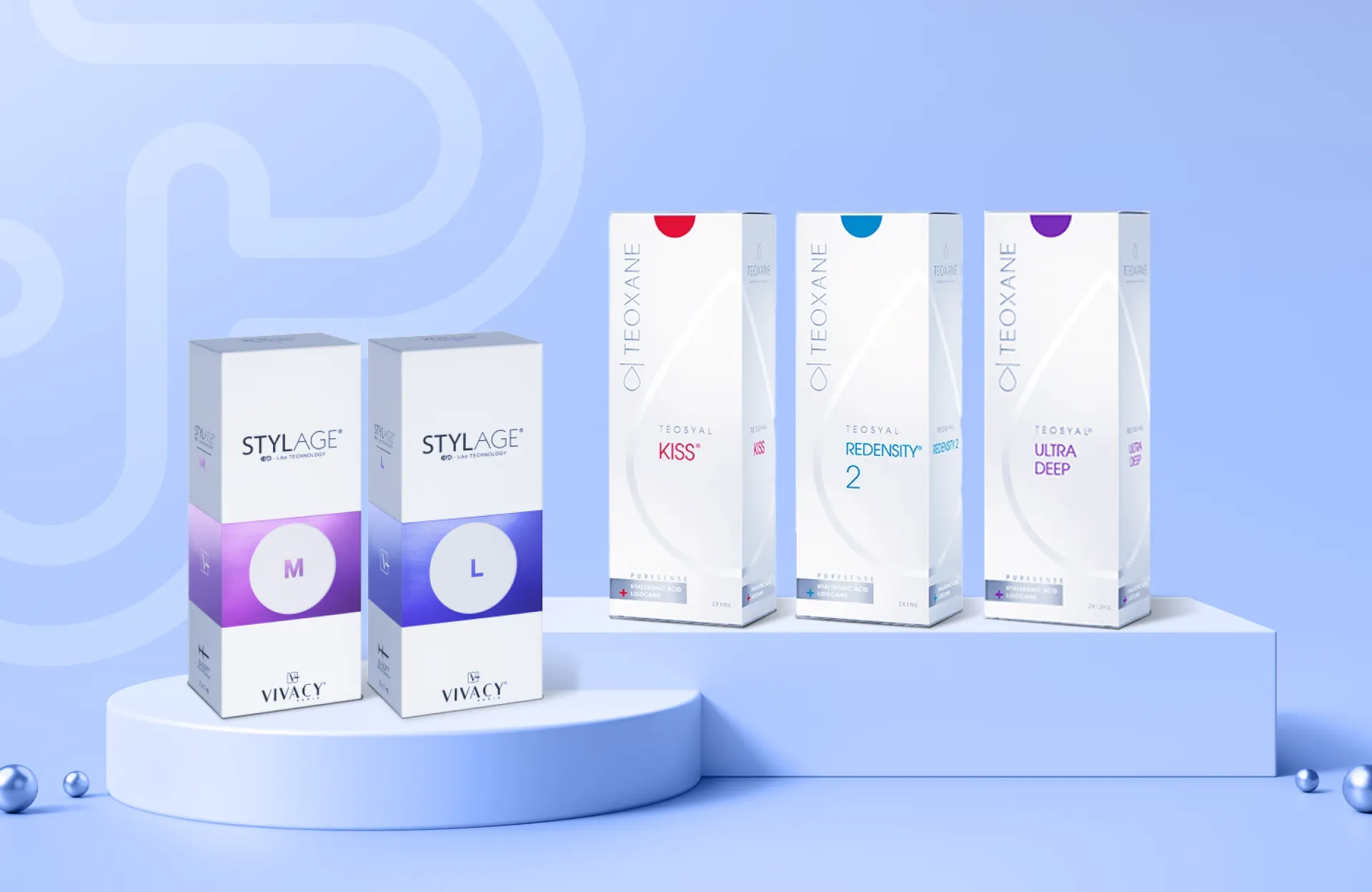
How Are Medical Devices Regulated in Europe?
The European market for medical devices can be complex.
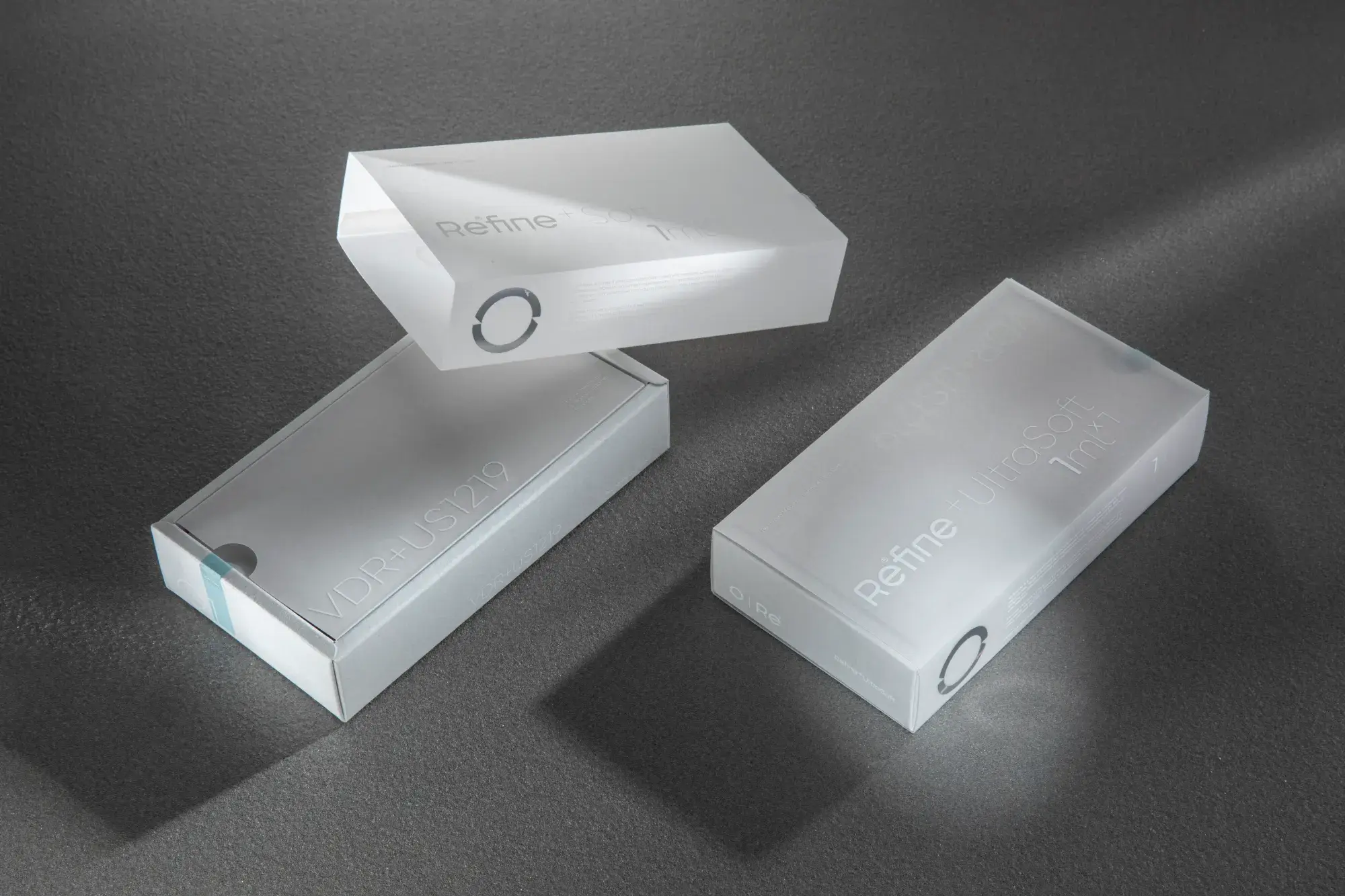
Your Patients Will Love Baby BOTOX® Infused with REFINE + Fillers
Traditional BOTOX® treatments involve injecting specific doses of purified botulinum toxin type A into facial muscles using a saline solution.
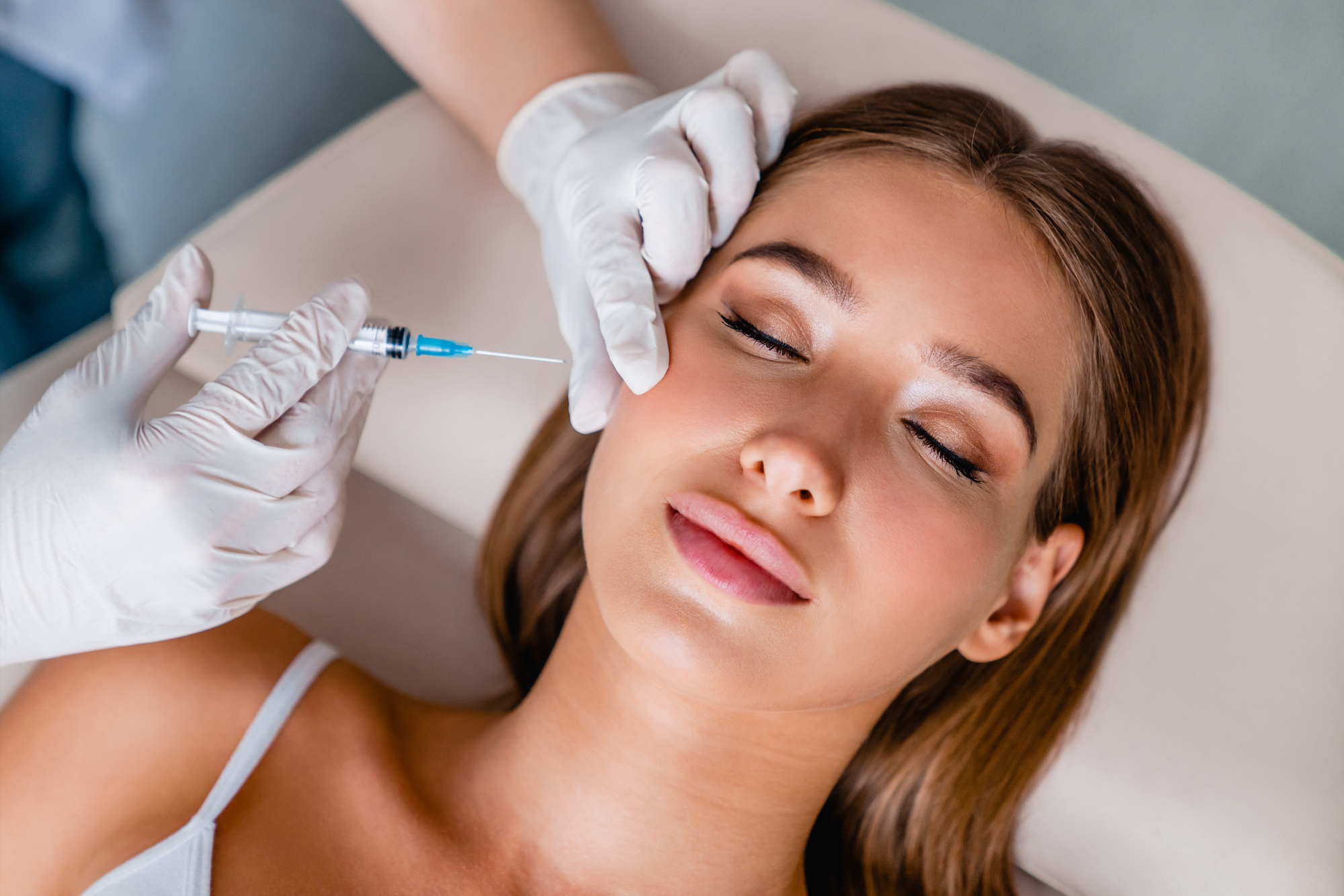
How to Avoid Adding Too Much Filler in Face During Full-Face Treatment
Aesthetic medicine today is witnessing a significant shift in full-face beautification.

NEAUVIA™ Fillers: All You Need to Know
A new name is making waves in the beauty industry – today we’ll talk about the NEAUVIA™ filler brand.
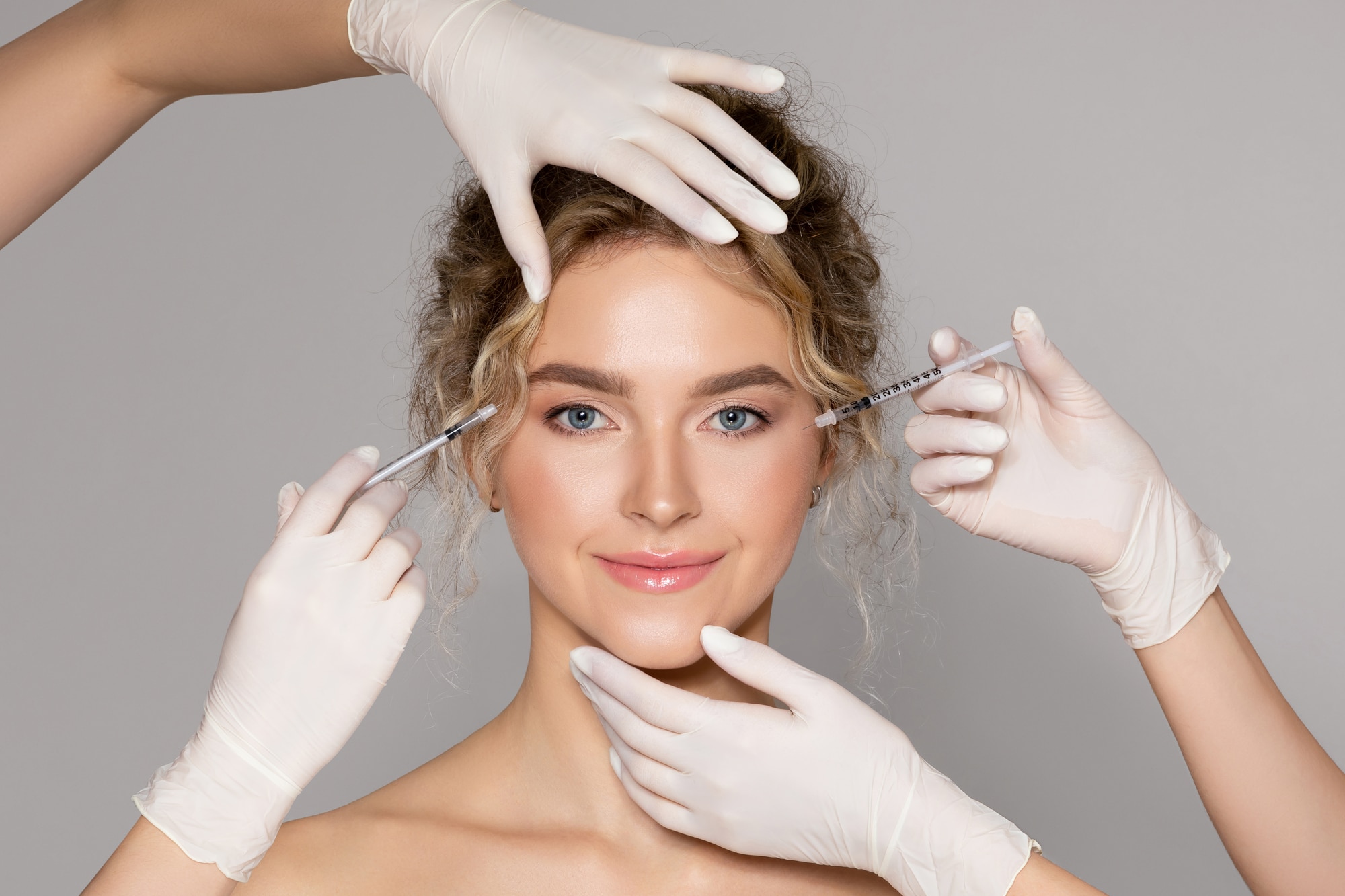
Applying RESTYLANE®: Cannula vs. Needle
With more and more people leaning toward swift and non-invasive procedures that promise instant results, dermal fillers like RESTYLANE® have become the go-to treatment for facial rejuvenation.
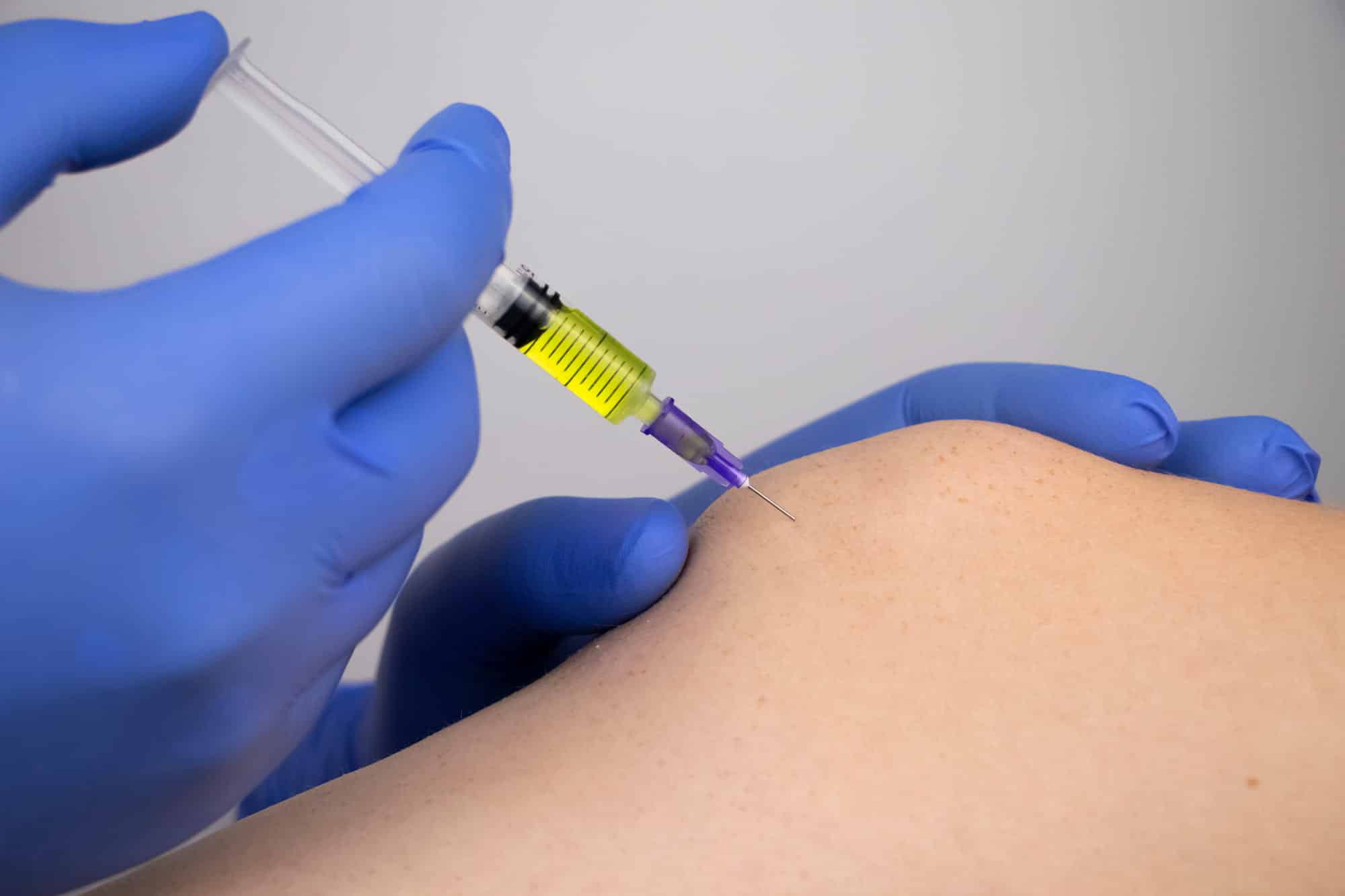
What Are Rooster Comb Injections and How do They Work
Osteoarthritis, a degenerative joint disease affecting millions worldwide, substantially burdens patients and healthcare systems.
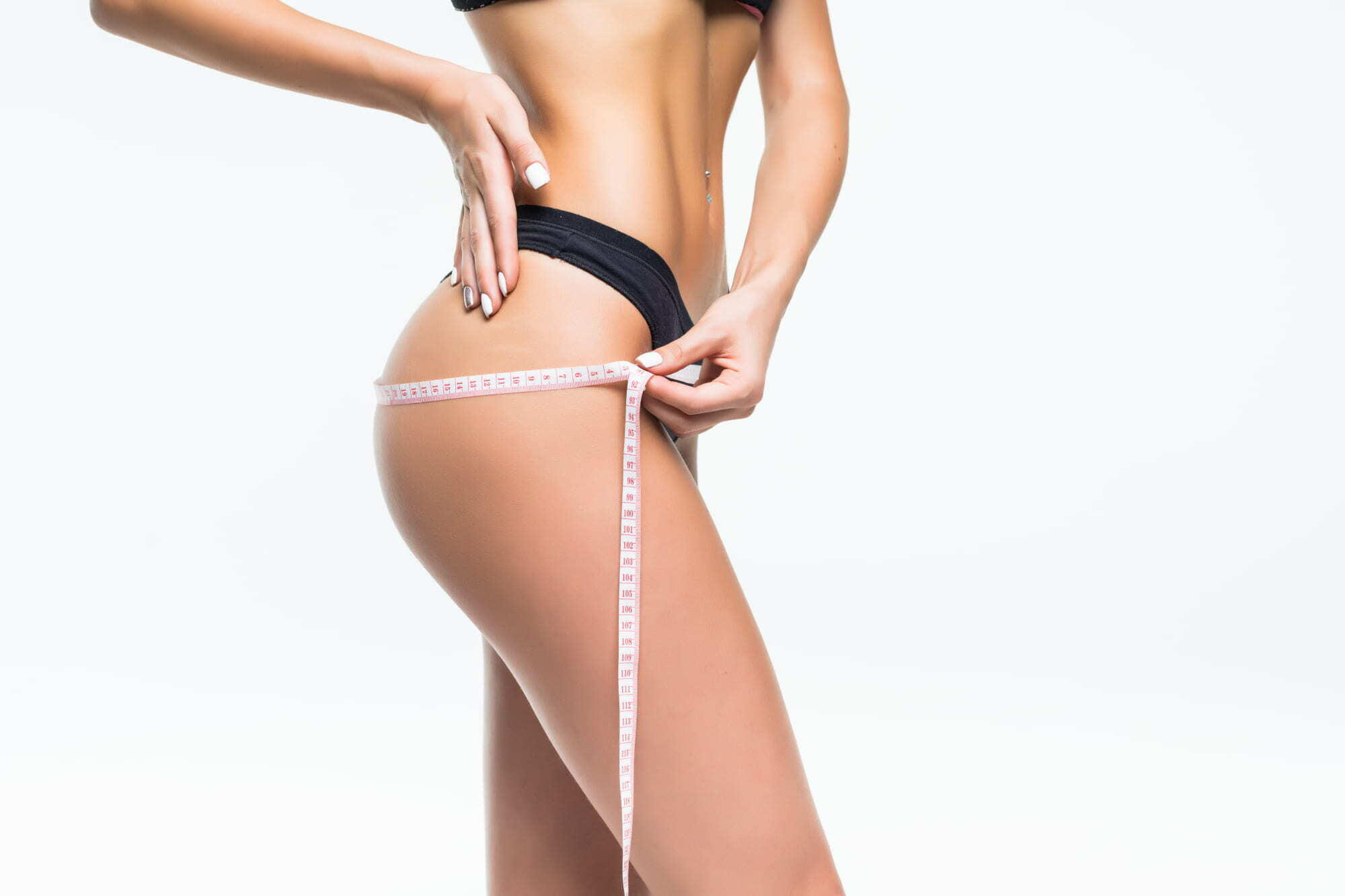
The Non-Surgical Butt Lift: Achieving a Perky Butt without Surgery
Throughout human history, numerous civilizations have revered prominent buttocks, with some even crafting fetishes dedicated to fertility goddesses characterized by their oversized posteriors.